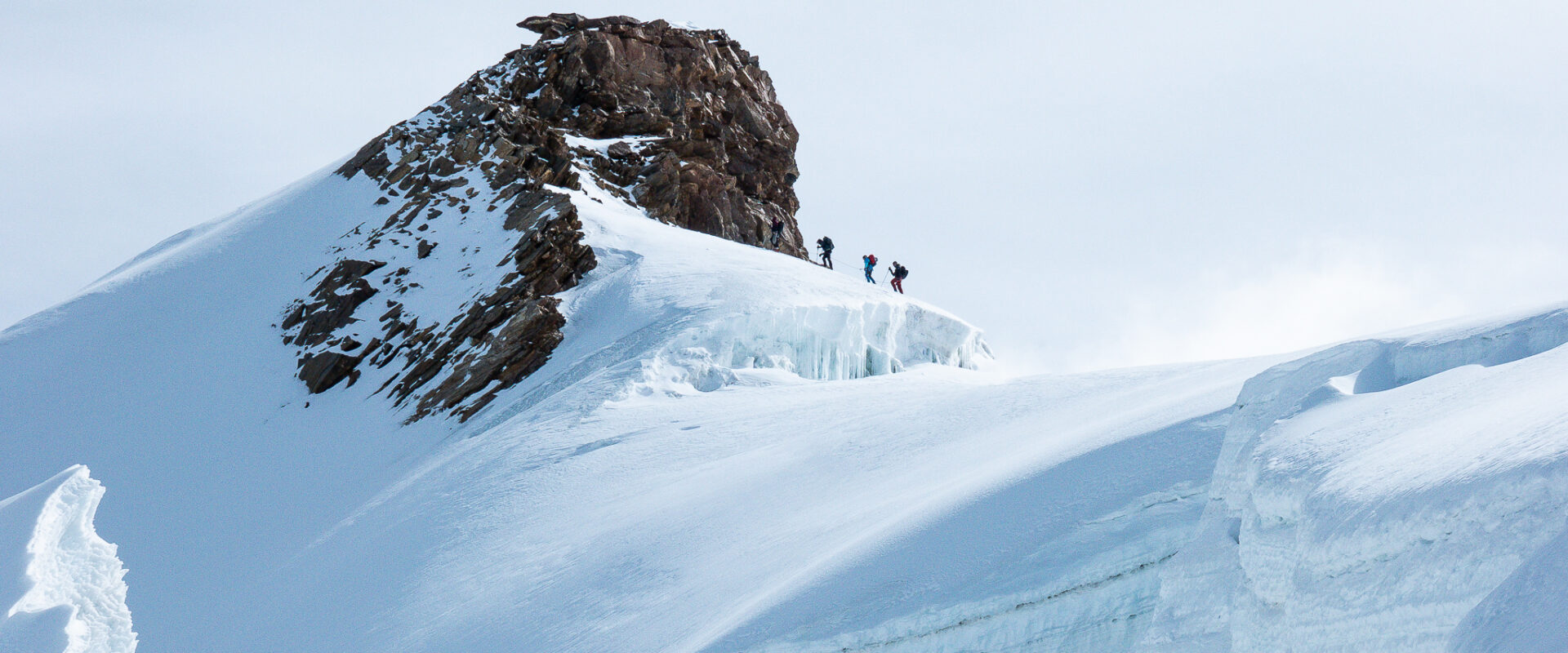BY Rami Rasamny | June 06 2023
The Diamox Dilemma: Perspectives From The Professionals

The debate around Diamox dominates the Kilimanjaro and Everest Base Camp blogs with the two sides fairly dug in. Like most online debates, the rationality of the middle ground is swept aside in the battle between the “all for it” or “all against it” tribes. What’s interesting though, is that among a large consensus of professionals, guides, and regular high-altitude explorers, the people who aren’t on the forums mostly because there’s no wifi at altitude, there’s hardly any debate at all.
This article seeks to break down the Diamox debate and shed light on why those of us who actually spend most of our time in low-oxygen environments occupy the center ground of this polarizing, and uninformed debate.
Where Does All The Oxygen Go?
Pressure is what keeps the density of the air particles together. The higher we go, the less pressure there is. Consequently, the less close together the air particles are. So, when I’m in a high-altitude environment, it isn’t so much that there is less oxygen, but rather, there is less pressure pushing those oxygen particles together. That means that a full breath of air, although satiating for my lungs in that instant, does not deliver the same amount of oxygen as it would at sea level.
What Does That Mean For The Body?
The body, being the incredible thing that it is, recognizes that something is off and starts to compensate for it by producing more red blood cells. It does this to try to efficiently carry the less oxygen being consumed to the cells that need it as quickly as possible.
The production of red blood cells consumes calories. The higher we go, the more calories are being consumed. That’s why we feel fatigued during this process. Red blood cells saturate the blood. This saturation requires the consumption of water to dilute it to what the body is used to. That’s why dehydration, often associated with headaches, is common at altitude.
What Is Altitude Sickness?
Altitude sickness occurs when the body negatively reacts to being at a high altitude for prolonged periods of time. In most cases, symptoms are moderate and disappear with rest, hydration, and food. In a small number of cases, and when left untreated, symptoms can develop into the swelling of the brain (high altitude cerebral edema – HACE) or the swelling of the lungs (high altitude pulmonary edema – HAPE).
How Is It Treated?
The best treatment for moderate symptoms is hydration, food, and rest. Painkillers can be used to assist with sleep. For individuals exhibiting more concerning signs, the only treatment is an immediate descent to an altitude where the symptoms subside. Oxygen and other interventions such as Diamox and Dexamethasone can be administered to treat the symptoms so as not to develop into something life-threatening or cause long-term damage.
How Does Diamox Fit In?
Let’s clear the air first by declaring that the only cure for altitude sickness is acclimatization, including rest, the consumption of calories, and hydration, or a descent to a lower altitude where symptoms subside. Diamox has no calories, is a diuretic, and is not a sleeping aid.
But, studies have shown Diamox to be highly effective in preventing high altitude pulmonary edema. In fact, there is a direct association between a reduction in the swelling of the lungs and Diamox. That is to say, it is a life-saving medication when used effectively.
How Do Most Professionals Use It?
Diamox is in every astute mountaineer’s medical kit. Equally, recognizing that the body is not acclimatizing properly is a sign that today may just not be the day for a higher altitude. However, there will be times when we don’t see the signs or circumstances dictate the situation such that going down or resting is not possible. It’s in those circumstances that the mountaineer chooses Diamox not to ascend but to descend to safety. Because, if Diamox does not increase the pressure of the atmosphere, does not add calories, does not hydrate, and does not enable rest, then it does not cure altitude sickness. But, it does, very much, attend to the life-threatening symptoms and can afford the climber the chance to descend safely.
I’ve Been Told to Pre-Medicate With Diamox
It’s highly possible that you’ve even been prescribed it by a medical practitioner. My advice, in this instance, would be to reveal to the doctor that the number 1 cause for concern in altitude environments is dehydration. It is the primary cause of unsuccessful summits and the primary cause of acute illness at altitude. Altitude sickness, although concerning, usually sits in 3rd or 4th place on the list of threats to well-being faced in mountainous environments. Knowing this fact may result in a very different advice, most particularly when knowing that Diamox is indisputably a diuretic.
Always Get Medical Advice From Your Doctor
This article highlights the the general consensus amongst high-altitude professionals and the mountaineering community. It does not speak for everyone. Nor, does it replace the recommendations of your doctor. Individual circumstances vary from person to person. Always seek medical advice from your doctor.














